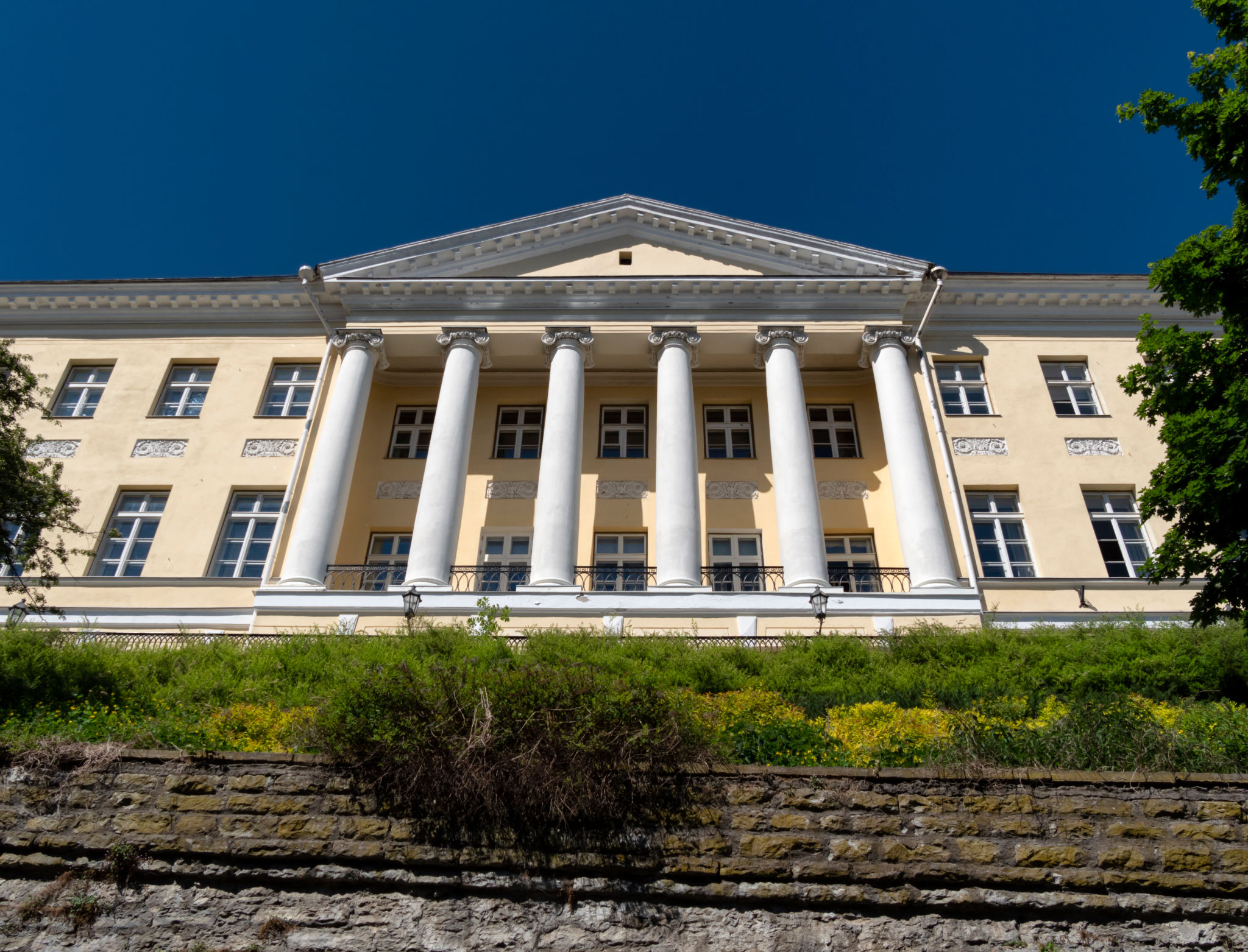The Role of Cultural Centers in Preserving Estonian Heritage
The Importance of Cultural Centers
Cultural centers play a crucial role in preserving the rich heritage and traditions of Estonia. These centers act as custodians of cultural knowledge, ensuring that future generations have access to the customs, languages, and arts that define Estonian identity. By hosting events, workshops, and exhibitions, cultural centers create spaces where heritage can be actively celebrated and passed on.
Estonia's cultural centers are not mere repositories of history; they are dynamic places that foster community engagement and participation. By providing venues for cultural expression, these centers help keep traditional practices alive and relevant in today's fast-paced world.

Educational Programs and Workshops
One of the core functions of cultural centers is to offer educational programs and workshops. These initiatives aim to teach traditional crafts, languages, and folk music, ensuring that these skills are not lost to time. Such programs often attract people of all ages, from curious children to adults eager to reconnect with their roots.
Workshops often feature skilled artisans and educators who share their expertise in various traditional arts. This hands-on approach allows participants to gain a deeper understanding and appreciation of their cultural heritage while acquiring new skills.
Language Preservation
The Estonian language is an integral part of the nation's heritage. Cultural centers often provide language courses to promote fluency and encourage the use of Estonian in everyday life. These courses are particularly important in areas where other languages may dominate, ensuring that Estonian remains a living language.

Community Events and Festivals
Cultural centers frequently organize community events and festivals that showcase Estonian traditions. These events serve as a platform for local artists, musicians, and performers to share their talents with a wider audience. They also offer community members an opportunity to engage with their heritage in an enjoyable and social setting.
Festivals often include traditional dances, music performances, and exhibitions of local crafts. Such events not only entertain but also educate attendees about the diverse aspects of Estonian culture.

Preserving Historical Artifacts
In addition to programs and events, cultural centers often house collections of historical artifacts. These collections can include everything from ancient tools and clothing to art pieces and manuscripts. By preserving these items, cultural centers ensure that tangible links to the past are maintained.
Exhibitions showcasing these artifacts provide valuable insights into historical lifestyles and societal changes. They also help foster a sense of pride among community members by highlighting the achievements and resilience of their ancestors.
Research and Documentation
Cultural centers often collaborate with researchers and historians to document and study various aspects of Estonian culture. This research contributes to a deeper understanding of the nation's history and its evolution over time. By maintaining archives and publishing findings, cultural centers play an essential role in preserving Estonia's cultural narrative.
Through these efforts, cultural centers ensure that the story of Estonia is not only preserved but also enriched with new discoveries and perspectives.